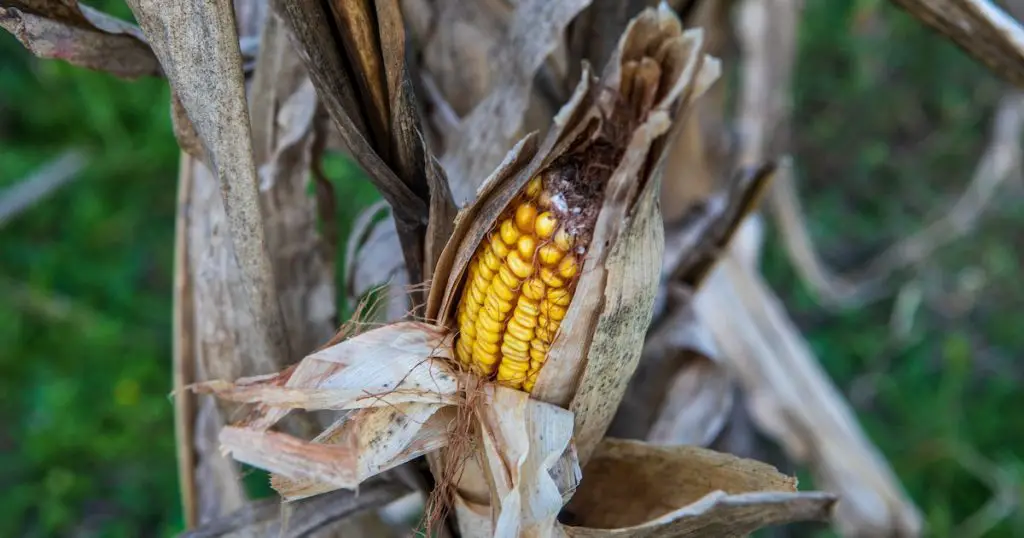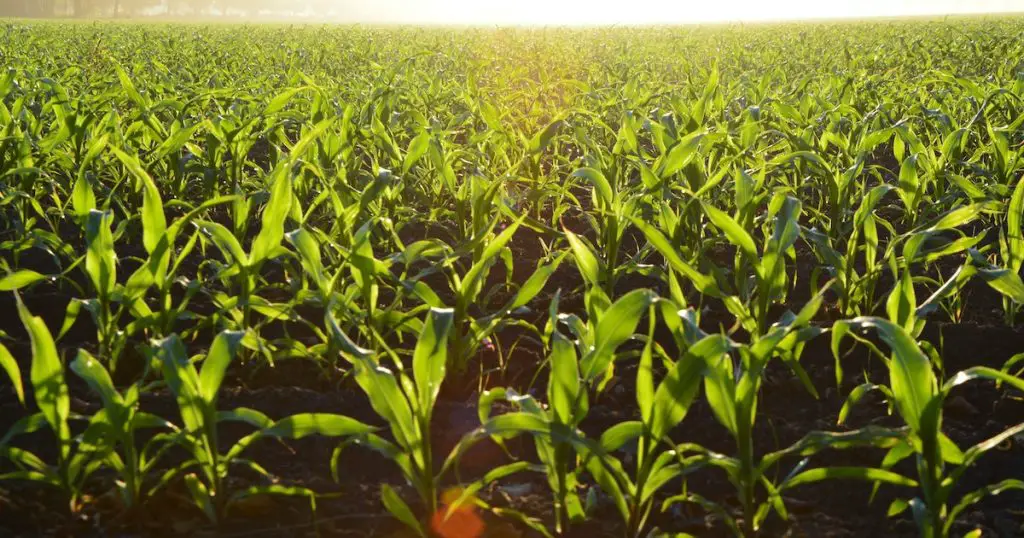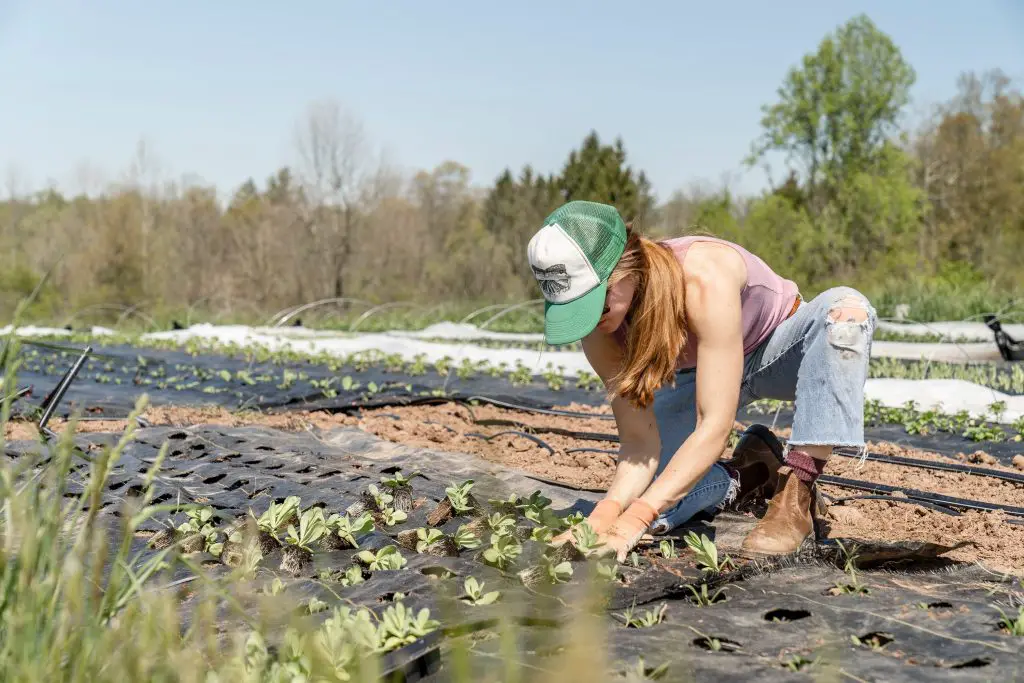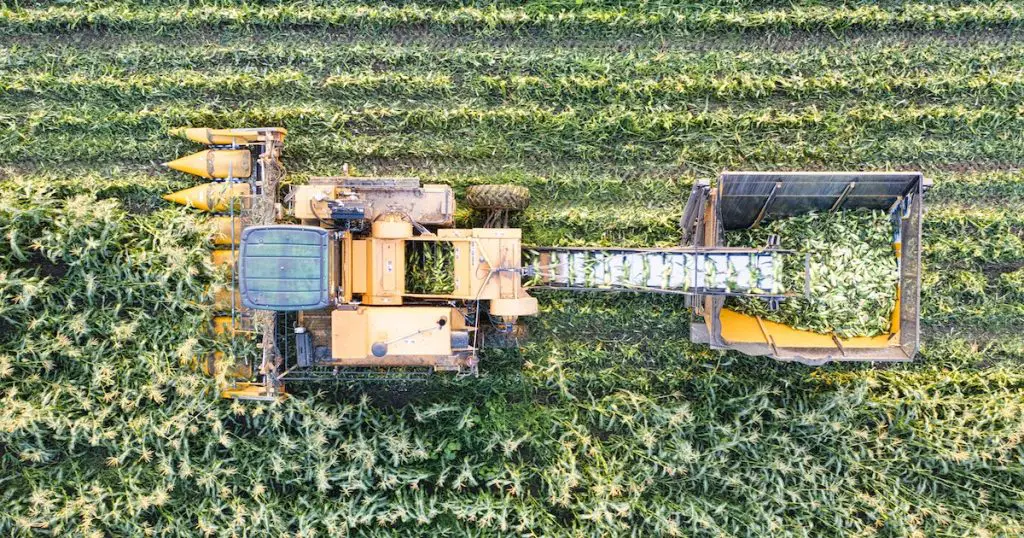As the golden sun rises over the scenic landscape of Prescott, Arizona, its rays illuminate a sight to behold – acres of lush, green cornfields gently swaying in the morning breeze. If you’ve been wondering about when to plant corn in Prescott AZ, you’re not alone.
Timing is everything when it comes to agriculture, especially in a region as unique as Prescott. This guide will provide a comprehensive look at everything you need to know, ensuring you sow your seeds at the perfect time for maximum yield.

Corn, a versatile and nutritious grain, has been a staple of the American diet for thousands of years. Yet, it’s more than just a food source. It’s a plant that demands careful attention and understanding, particularly about its growth cycle and the influence of local climate.
The Basics of Corn Planting

Corn is a warm-season crop, requiring ample sunlight and well-drained, fertile soil for optimal growth. It follows a growth cycle that starts from the day the seeds are sown to the moment the mature ears are harvested. Understanding this cycle is essential for successful corn farming.
In fact, getting the timing just right is like hitting the sweet spot in a game of baseball – it can lead to a home run in terms of yield and quality.
Choosing the right variety of corn is also crucial to your success. In Prescott, certain corn varieties outperform others due to the area’s unique climate. For example, sweet corn varieties like ‘Bodacious’ and ‘Incredible’ are known for their adaptability and are a popular choice among Prescott growers.
Understanding Prescott’s Climate
Prescott’s climate can be described as semi-arid, with mild winters and warm summers. However, its high elevation introduces a cooler element, with average temperatures sitting comfortably below those of Arizona’s low-desert regions. This presents a unique set of challenges and advantages for corn growers in the area.
To successfully grow corn in Prescott, it’s essential to understand how its weather patterns can impact the growth of your crops. For instance, sudden temperature drops in late spring can affect corn germination, while summer monsoons can contribute beneficially to the crop’s water needs.
Therefore, gaining a good grasp of Prescott’s annual weather patterns allows you to align your planting schedule with the most favorable conditions. You can learn more about Prescott’s annual weather patterns from the National Weather Service’s Climate Prediction Center.
The Ideal Time to Plant Corn in Prescott
The key to determining the perfect planting time lies in considering several crucial factors. While local folklore often provides some insight, understanding the science behind corn planting is far more reliable. After all, farmers today have a wealth of resources and research at their disposal, allowing them to make informed decisions backed by data.
Soil temperature plays a significant role in corn germination. Corn seeds need a soil temperature of at least 50 degrees Fahrenheit to germinate, and the process speeds up as the temperature rises. In Prescott, this optimal soil temperature is typically achieved in late spring, making it the recommended planting period.
However, variations can occur based on yearly weather patterns, so it’s wise to invest in a soil thermometer and monitor conditions actively.
Preparing for Planting
The right preparation is crucial for a successful corn crop. It begins with soil preparation. Corn prefers a well-drained soil enriched with organic matter. Tilling the land and incorporating compost or manure can significantly enhance soil fertility, providing your corn plants with essential nutrients for growth.
Now, let’s talk about fertilizers. Fertilizing before planting is common practice in corn cultivation. A balanced fertilizer, providing nitrogen, phosphorus, and potassium, can work wonders for your corn crop. However, it’s essential to follow best practices.
Over-fertilization can harm both your crops and the environment. Therefore, always adhere to the manufacturer’s instructions and consider getting your soil tested to better understand its nutrient levels. The University of Arizona’s Cooperative Extension offers soil testing services that can help you in this regard.
Planting Techniques for Corn

Planting depth and spacing play a critical role in the success of your corn crop. Generally, corn should be planted 1-2 inches deep, but this can vary depending on soil type and moisture levels. Proper spacing is equally crucial, as crowded plants compete for resources, leading to lower yields.
A common recommendation is to space corn rows about 30-36 inches apart and plants about 8-12 inches apart within the row.
Irrigation is another vital aspect of corn cultivation. Corn plants have a high water demand, particularly during flowering and grain filling stages. In Prescott’s semi-arid climate, irrigation strategies must consider both the crop’s needs and water conservation.
A good practice is to water deeply but infrequently, promoting deep root growth and reducing surface evaporation. More about irrigation strategies for corn in Prescott’s climate can be found on the Arizona Department of Water Resources’ website.
Maintaining Corn Through the Growing Season
Once the corn is in the ground and starts sprouting, the maintenance phase begins. Regular care practices include weeding, watering, and pest control.
Regular weeding prevents competition for nutrients, water, and light. Meanwhile, an efficient watering schedule, based on weather conditions and the plant’s growth stage, ensures the corn stays healthy and productive.
Insect pests can pose a significant threat to your corn crop. Common pests in Prescott include the corn earworm and corn rootworm. Employing integrated pest management strategies can help keep these pests at bay, preserving your crop’s health and yield.
Learn more about these pests and how to manage them from Arizona Cooperative Extension’s pest management guides.
Harvesting Corn in Prescott
Corn harvesting is a moment filled with anticipation and reward. Knowing the right time to harvest is essential for the quality of your produce. For sweet corn, it’s typically ready for harvest about three weeks after the silks first appear, when the kernels are plump and juicy.
The method of harvesting and storing corn also plays a key role in maintaining its quality. Corn should be picked in the cool of the morning and refrigerated promptly to maintain its sweetness. If you plan to store corn for extended periods, consider blanching and freezing to preserve its flavor and nutritional value.
This guide from University of Maine Extension provides comprehensive information on proper harvesting and storage techniques.

Overcoming Challenges in Corn Planting in Prescott
Farming is an enterprise filled with challenges, and corn farming in Prescott is no exception. Factors such as drought and unexpected weather changes can make things difficult.
To deal with drought, strategies like efficient water management, mulching, and choosing drought-resistant corn varieties can be effective. In addition, adopting irrigation systems like drip irrigation or soaker hoses can help conserve water while ensuring your crops get the moisture they need.
Prescott’s variable weather conditions can sometimes bring unexpected frost or heat waves. In these situations, protective measures like frost blankets or shade cloth can help protect your crops. Remember, successful farming involves being adaptable and ready to tackle challenges as they arise.
Further guidance on handling these weather-related challenges can be found on Cornell University’s Gardening Resources webpage.
Frequently Asked Questions
In this section, we will be delving into some of the most common inquiries and curiosities that surround our topic.
Can I plant corn in containers in Prescott?
Absolutely! Container gardening can be an excellent solution for those with limited space. Make sure to choose a large enough container to accommodate the corn’s extensive root system and provide adequate water and nutrients.
When is the latest I can plant corn in Prescott?
The latest you can plant corn in Prescott typically falls around mid-summer. However, this can depend on the specific variety of corn and the expected date of the first fall frost.
How do I protect my corn from pests common in Prescott?
Integrated Pest Management (IPM) strategies are your best bet. This involves a combination of methods such as crop rotation, beneficial insects, and careful use of pesticides. You can learn more about IPM from University of California’s Statewide Integrated Pest Management Program.
What other crops can I grow alongside corn in Prescott?
Beans and squash are traditional companions for corn. They are part of the “Three Sisters” method practiced by Native American communities, where the three crops support each other’s growth.
How can I sustainably farm corn in Prescott’s climate?
Sustainable farming practices such as water-efficient irrigation, organic fertilization, and crop rotation can significantly enhance the sustainability of your corn farm.
Conclusion: Becoming a Successful Corn Farmer in Prescott
Mastering the art of corn farming in Prescott, Arizona, is a journey filled with learning and adaptation. From understanding the intricacies of Prescott’s unique climate to knowing when to plant corn and how to nurture it to a bountiful harvest, every step contributes to your success.
The role of ongoing learning can never be overemphasized in successful farming. Stay connected with local farming communities, keep abreast of new research, and never stop experimenting with different strategies.
The earth beneath our feet is a remarkable teacher, and by working in harmony with nature, we can all contribute to a green and food-secure world.



Leave a Comment
You must be logged in to post a comment.